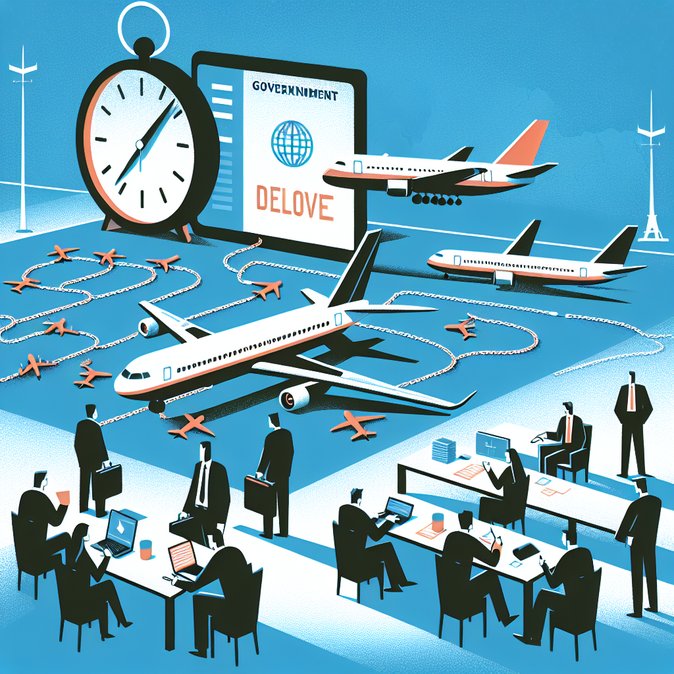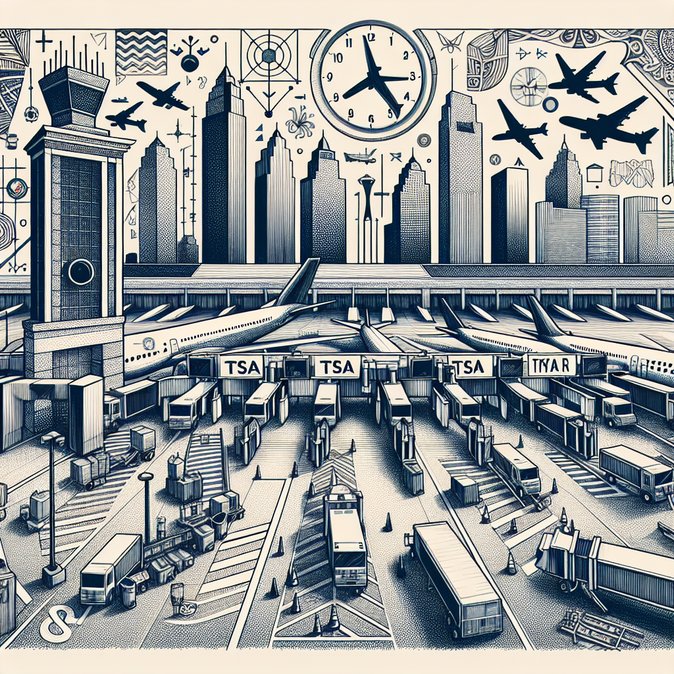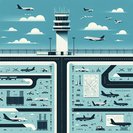
U.S. airports endured marathon security queues and an estimated 6,000 flight delays on November 5 as the federal funding lapse pushed Transportation Security Administration (TSA) officers and air-traffic controllers to a breaking point. Reporting from Dallas-Fort Worth International, the Dallas Express chronicled wait times exceeding five hours at Houston’s George Bush Intercontinental and cascading delays from Chicago to San Francisco. FlightAware data logged nearly 6,000 delays and more than 400 cancellations over the past 48 hours.
Travelers caught in the gridlock faced missed connections, hotel costs, and—crucially for multinational firms—cancelled client meetings and project kick-offs. The U.S. Travel Association estimates shutdown-related turbulence is draining $1 billion a week from the broader travel economy. Airlines and pilot unions have jointly petitioned Congress for emergency funding, while corporate travel managers report holding back non-essential trips until stability returns.
![Five-hour TSA lines and 6,000 flight delays underscore shutdown’s toll on U.S. air travel]()
The operational crunch is compounded by seasonal demand. With Thanksgiving three weeks away, airports traditionally scale up staff and extend checkpoint hours. This year, supervisors are juggling voluntary overtime and morale-boosting measures such as free meals, but industry insiders warn it will not offset attrition if paychecks remain frozen.
For assignees and frequent flyers, mobility teams are activating contingency playbooks: re-routing through secondary airports, booking longer connection windows, and issuing per-diem increases to cover unexpected overnights. Some firms are shifting orientation and training sessions online, while relocating employees are advised to ship pets and household goods ahead of schedule in case flight cutbacks spread.
Although essential TSA officers must report for duty, the agency confirmed a spike in illness-related absences. Should the FAA move forward with the 10 percent flight reduction announced later in the day, experts predict even longer queues and potential suspension of some PreCheck lanes—an unprecedented blow to trusted-traveler programs relied upon by corporate road warriors.
Travelers caught in the gridlock faced missed connections, hotel costs, and—crucially for multinational firms—cancelled client meetings and project kick-offs. The U.S. Travel Association estimates shutdown-related turbulence is draining $1 billion a week from the broader travel economy. Airlines and pilot unions have jointly petitioned Congress for emergency funding, while corporate travel managers report holding back non-essential trips until stability returns.

The operational crunch is compounded by seasonal demand. With Thanksgiving three weeks away, airports traditionally scale up staff and extend checkpoint hours. This year, supervisors are juggling voluntary overtime and morale-boosting measures such as free meals, but industry insiders warn it will not offset attrition if paychecks remain frozen.
For assignees and frequent flyers, mobility teams are activating contingency playbooks: re-routing through secondary airports, booking longer connection windows, and issuing per-diem increases to cover unexpected overnights. Some firms are shifting orientation and training sessions online, while relocating employees are advised to ship pets and household goods ahead of schedule in case flight cutbacks spread.
Although essential TSA officers must report for duty, the agency confirmed a spike in illness-related absences. Should the FAA move forward with the 10 percent flight reduction announced later in the day, experts predict even longer queues and potential suspension of some PreCheck lanes—an unprecedented blow to trusted-traveler programs relied upon by corporate road warriors.









